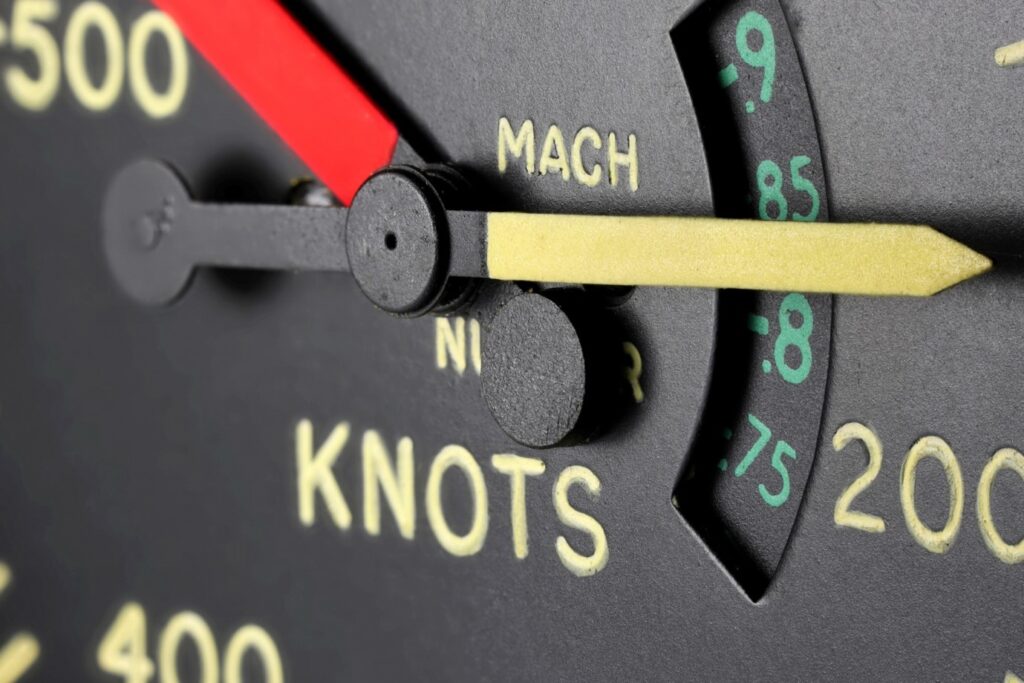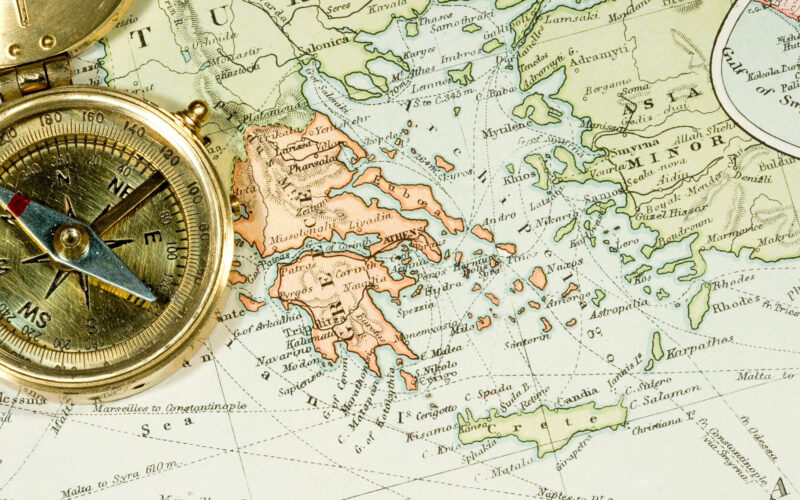In aviation, precise measurements and units are of course crucial for accurate navigation and flight planning. Two essential terms used extensively in aviation are the nautical mile and the knot. Understanding the differences between these units and their significance is vital for pilots, navigators and aviation enthusiasts alike.
This article will delve into what each of these terms means, highlight their distinctions, explain their usage in aviation, and shed light on why they hold great importance in the field.
What is a nautical mile and what’s the history behind it?
A nautical mile is a unit of measurement used primarily in aviation and maritime industries for measuring a distance. It represents one minute of latitude on a navigational chart, which is approximately equivalent to one minute of arc along any meridian of the Earth. The nautical mile is internationally defined as exactly 1,852 meters, or 1.15078 statute miles.
The nautical mile as we know it today was first proposed by a Flemish mathematician and geographer named Gemma Frisius in the late 16th century. Frisius suggested dividing the Earth’s circumference into 360 degrees, each further divided into 60 minutes of arc. This formed the basis for the nautical mile.
The term itself was coined by English mathematician Edmund Gunter, who advocated for its use in navigation. In 1929, the International Extraordinary Hydrographic Conference officially adopted the nautical mile as 1,852 meters. Since then, it has become a widely accepted unit of measurement in maritime and aviation industries, enabling accurate and standardized distance calculations for navigational purposes worldwide.
What is a knot and what’s the history behind it?
A knot is a unit of speed that measures the velocity of an aircraft or vessel relative to the air or water in which it is traveling. It is defined as one nautical mile per hour (nm/h), or one minute of latitude per hour. One nautical mile per hour is equal to 1.15 statute miles per hour. The knot is a convenient unit for measuring speed in aviation due to its correlation with the nautical mile.
Its history can be traced back to the days of sailing ships when sailors threw a log overboard attached to a line with knots tied at regular intervals. As the ship moved, sailors counted the number of knots that passed through their hands within a specific time frame, which gave them an estimate of the ship’s speed.
The term “knot” originated from this practice. While the exact originator of the knot unit is unclear, it became widely adopted and used by sailors over time. The knot was officially recognized and adopted as a unit of speed in the 19th century, particularly after the introduction of mechanical devices such as the patent log, which automatically counted the knots as they passed through the ship’s hull. Since then, the knot has remained a standard unit of speed in maritime and aviation industries, providing a consistent measure for calculating vessel and aircraft velocities.

Differences between a nautical mile and a knot:
- Measurement: the nautical mile measures distance, representing one minute of latitude. The knot, on the other hand, measures speed, representing one nautical mile per hour.
- Usage: nautical miles are used for distance calculations, such as measuring the length of a flight or the distance between two points on a navigational chart. Knots, however, are used to express the speed of an aircraft or vessel.
Usage and importance in aviation:
- Navigation and flight planning: nautical miles are crucial for accurate navigation and flight planning. They help determine the distances between waypoints, airports, and airspaces, enabling pilots to calculate fuel requirements, and flight durations, and establish flight paths.
- Airspeed indication: the knot is used to measure and display the airspeed of an aircraft on its instruments. This information is essential for maintaining safe and efficient operations, adhering to speed restrictions, and optimizing fuel consumption.
- Standardization: the use of nautical miles and knots allows for standardized communication and coordination among pilots, air traffic controllers, and aviation personnel worldwide. It facilitates clear and concise instructions, enhancing safety and efficiency in air travel.
Examples:
- Distance calculation: a flight from London Heathrow Airport (LHR) to John F. Kennedy International Airport (JFK) in New York is approximately 4,139 nautical miles.
- Airspeed measurement: an aircraft cruising at a speed of 450 knots is traveling at a rate of 450 nautical miles per hour.

